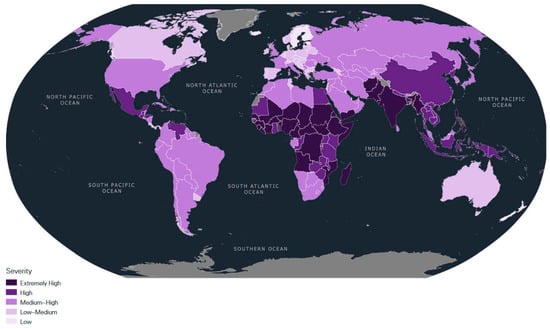Abstract
When attempting to quantify future harms caused by carbon emissions and to set appropriate energy policies, it has been argued that the most important metric is the number of human deaths caused by climate change. Several studies have attempted to overcome the uncertainties associated with such forecasting. In this article, approaches to estimating future human death tolls from climate change relevant at any scale or location are compared and synthesized, and implications for energy policy are considered. Several studies are consistent with the “1000-ton rule,” according to which a future person is killed every time 1000 tons of fossil carbon are burned (order-of-magnitude estimate). If warming reaches or exceeds 2 °C this century, mainly richer humans will be responsible for killing roughly 1 billion mainly poorer humans through anthropogenic global warming, which is comparable with involuntary or negligent manslaughter. On this basis, relatively aggressive energy policies are summarized that would enable immediate and substantive decreases in carbon emissions. The limitations to such calculations are outlined and future work is recommended to accelerate the decarbonization of the global economy while minimizing the number of sacrificed human lives.
Keywords: carbon emissions; greenhouse gas emissions; global catastrophic risk; climate change; energy policy; human mortality; climate genocide


